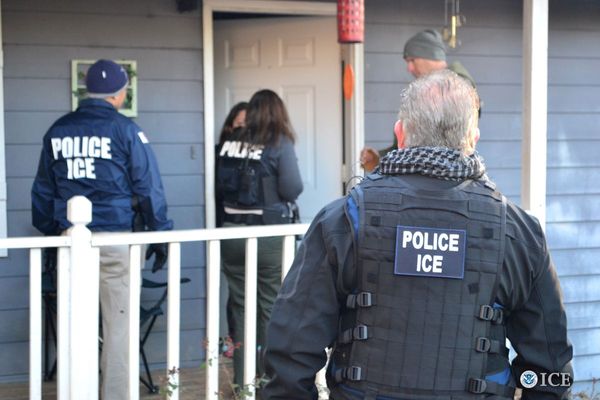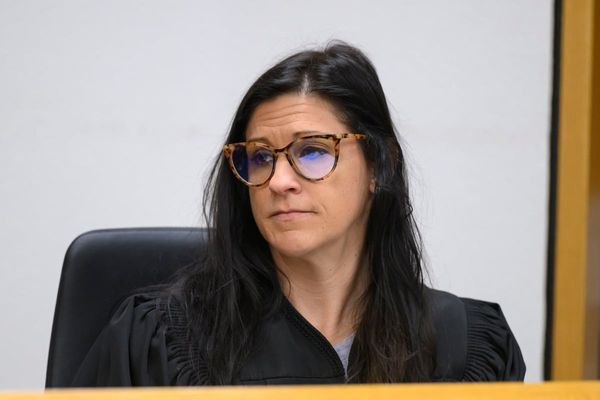Australia is adding renewable energy at less than half the pace required to replace retiring coal-fired generation and meet its own 2030 climate targets, one of the country's top energy experts says.
In a wake-up call for state and federal governments, the University of New South Wales said there was a "mismatch" between Australia's renewable energy ambitions and the reality on the ground.
The warning comes after a pivotal year in which closure dates for many of the country's biggest coal-fired power plants were fast-tracked – in some cases by decades.
UNSW senior research associate Dylan McConnell said the watershed nature of 2022 showed there was little contention among politicians and investors about the need to transition away from fossil fuels.
Dr McConnell said the critical issue now was the speed at which the shift took place.
He said Australia was lagging well behind the rate at which it needed to add and connect new renewable energy capacity to replace coal power poised to leave the system.
Adoption 'needs to ramp up'
"On an energy basis, we have pretty much been adding the same gigawatt hours of energy for the last five years," Dr McConnell said.
"It's been a fairly linear addition.
"That linear addition really needs to ramp up to hit those targets."
Research by Dr McConnell shows Australia's renewable energy output has been growing since 2018 at an average of 7.5 terawatt hours a year – equivalent to about four per cent of demand in the national electricity market servicing the eastern states.
Dr McConnell said the growth rate needed to more than double to 15.7 terawatt hours by the end of the decade under the Australian Energy Market Operator's central plan.
Despite this, he said activity was in some senses slowing, pointing to Clean Energy Council reporting that showed just one renewable energy project reached "financial close" in the September quarter last year.
He suggested there would need to be policy changes before the energy market operator's plans could be reconciled with reality.
"There's basically a difference between how the market operator models a system versus what happens in the real world," he said.
"We have market dynamics and other factors driving investment decisions in the real world.
"And so you have private actors and governments doing things at whatever pace they see fit.
"Whereas the market operator does a central planning, top-down least cost optimisation.
"They assume a carbon budget, for one, which doesn't exist in the real world."
Goals 'ambitious but achievable'
Federal Climate Change and Energy Minister Chris Bowen said the government's 2030 goal of meeting 82 per cent of Australia's energy needs from renewable sources was "ambitious, but achievable".
Mr Bowen said the government was trying to overcome years of "stop-start energy policies", which he argued had delayed and complicated the transition.
"We have a lot of catching up to do," Mr Bowen said.
"That's why we're investing in new storage and transmission projects, with our Rewiring the Nation projects ... to allow more renewable energy into the grid.
"This will also mean more jobs in storage, transmission and adaptation."
Symptomatic of the challenges is opposition to transmission projects deemed critical to connecting massive volumes of new wind, solar and hydro capacity.
At Darlow, about 420km south west of Sydney, Rebecca Tobin has been resisting plans to build a high-voltage power line known as HumeLink through her cattle breeding farm.
Ms Tobin said she was particularly worried about the increased risk of bushfires.
"The Dunns Road fire ignited mere kilometres away from where we are," Ms Tobin said in reference to a blaze from the black summer of 2019.
"That fire was terrifying and living through that [makes] you think you're going to lose everything.
"We already have a 330kV line. This will parallel that.
"In the fires, my dad witnessed the 330kV line arc.
"And he's completely petrified by what he saw."
Community concerns mount
The 40-year-old is part of a group of landholders affected by HumeLink pushing for the project to be built underground as much as possible.
Transgrid, the company behind HumeLink, has suggested the cost of putting the line underground could be as much as three times higher than building overhead.
It says the $3.3 billion project is needed to fully connect an expanded Snowy 2.0 pumped hydro plant, due for completion from 2025.
A Transgrid spokeswoman said the company was always vigilant in its maintenance of assets to guard against the risk of bushfires.
"We are working with all stakeholders to find the best solution to this challenge and welcome further engagement on this critically important issue," the spokeswoman said.
"Transgrid shares the Australian Energy Regulator's vision to ensure a secure, reliable and affordable energy future for all Australians."
Ms Tobin said she was a supporter of renewable energy but it was wrong to build transmission lines in places where they could aggravate the risks of bushfires in a warming climate.
"We understand that HumeLink is needed to safeguard the electricity grid," she said.
"But what we don't understand is the way it is being done and that when you've got the technology to put it underground, why that isn't what we're going for."
New capacity 'really not optional'
Dr McConnell said Australia was running out of time to build the renewable generation capacity needed to keep the system stable.
"We do need to deploy a lot of capital and build a lot of capacity but even if we didn't care about emissions, we'd still have to deploy a lot of capital and build a lot of stuff quite quickly," Dr McConnell said.
"It's a bit of a false choice in that sense, saying whether or not it's necessary or achievable because it's something we kind of have to do to have a reliable electricity system.
"If we don't build these things fast enough, or we don't replace plants coming out, then we are going to have challenges with reliability and keeping the lights on."







